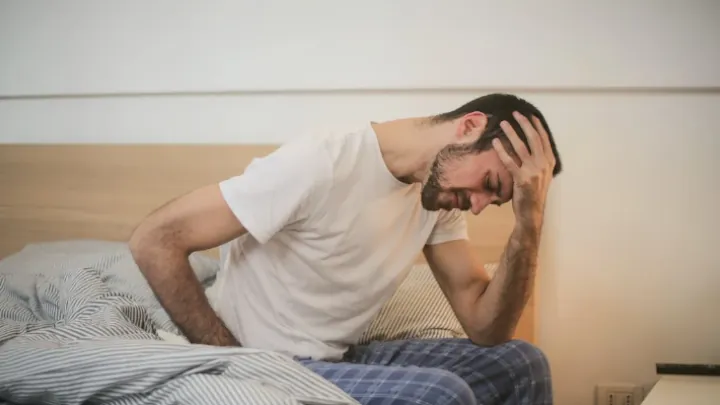7 Severe Chronic Lower Back Pain Causes

Looking for severe chronic lower back pain causes? Chronic lower back pain is not often due to an injury to your muscles or your ligaments. It is often more than likely due to an issue with your lumbar disks, joints, or vertebrae. In most instances, your back pain will be due to arthritis or wear and tear of the spinal disks, but that being said, you do have to make sure that you take steps to combat this by visiting your chiropractor and by making sure that your chronic pain is not the result of something serious.
Severe Chronic Lower Back Pain Causes
Here we have listed severe chronic lower back pain causes:
1. Herniated Disk
As an adult, you will have a cushiony disk between each set of vertebrae. This helps to absorb the amount of pressure that is placed on the bones. Each disk has an outer rind as well as an inner gel.
If you have a herniated lumbar disk, this happens when your disk’s inner gel ends up slipping or getting squashed beyond the outer rim. This allows some inner gel to push on the surrounding nerves, causing much pain.
This slippage can be due to trauma, but it can also be due to a gradual age-related decline. To find a chiropractor near you, search online using your fave search engine with the terms “Sacramento CA chiropractor” or “chiropractor Schaumburg IL” or wherever you live so you can arrange a first consultation
with a professional chiropractic practitioner.
2. Facet Joint Damage
The joints that connect the five vertebrae that make up your lower back are called facet joints.
Over time, the breakdown of cartilage in these joints can lead to you experiencing lower back
pain.
Whether it is due to poor posture, or repeated overuse, it is important to know that this kind of damage is often caused by osteoarthritis, which can lead to muscle spasms, inflammation, stiffness, and more. In addition, you may find that it compresses a nearby nerve, giving you sciatica.
3. Spinal Stenosis
Lumbar stenosis happens when the canal in your lower back narrows, putting pressure on your nerve roots. The formation of bone spurs can cause this. It’s also caused by the thickening of the ligaments or even the deterioration of the lumbar disk.
Of course, when nerves are compressed, this can be very painful, but remember that it doesn’t just trigger
lower back pain. It can also cause sciatica, a type of pain radiating down your lower extremities.
4. Spondylolisthesis
If you have a lumbar vertebra that slips forward over the one below, it will put a huge amount of pressure on the lumbar disk that splits the two vertebrae. This can then deteriorate, and it can cause huge issues for you.
If you want to take action here, you can take the time to visit a chiropractor or your doctor so that they can then advise you on the steps you can take to remedy the issue.
5. Osteoporosis
Osteoporosis is a condition where the bones weaken and become more fragile, leaving them more prone to breaking. In patients with osteoporosis, the vertebrae in the spine are particularly prone to fracture, which can result in persistent lower back pain.
6. Osteoarthritis
Osteoarthritis is a common cause of chronic lower back pain because it’s a degenerative joint disease that can affect the spine. Over time, the cartilage that cushions the joints of the spine can wear down, leading to bone-on-bone contact, inflammation, and pain.
7. Ankylosing Spondylitis
Ankylosing spondylitis is a type of arthritis that primarily affects the spine, causing inflammation and stiffness in the joints between the vertebrae. It is a chronic condition that typically develops in early adulthood and can lead to chronic lower back pain.
Conclusion
Many conditions, such as herniated discs, degenerative disc disease, spinal stenosis, osteoarthritis, spondylolisthesis, scoliosis, and tumours, can result in severe chronic pain in the lower back.
As persistent back pain might have a variety of underlying reasons, it’s essential to contact a medical professional for a precise diagnosis and personalized treatment plan. Physical therapy, counselling, dietary changes, and, in certain circumstances, surgery may all be used as part of the treatment plan.





